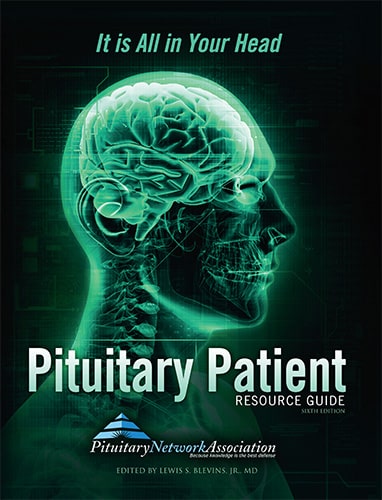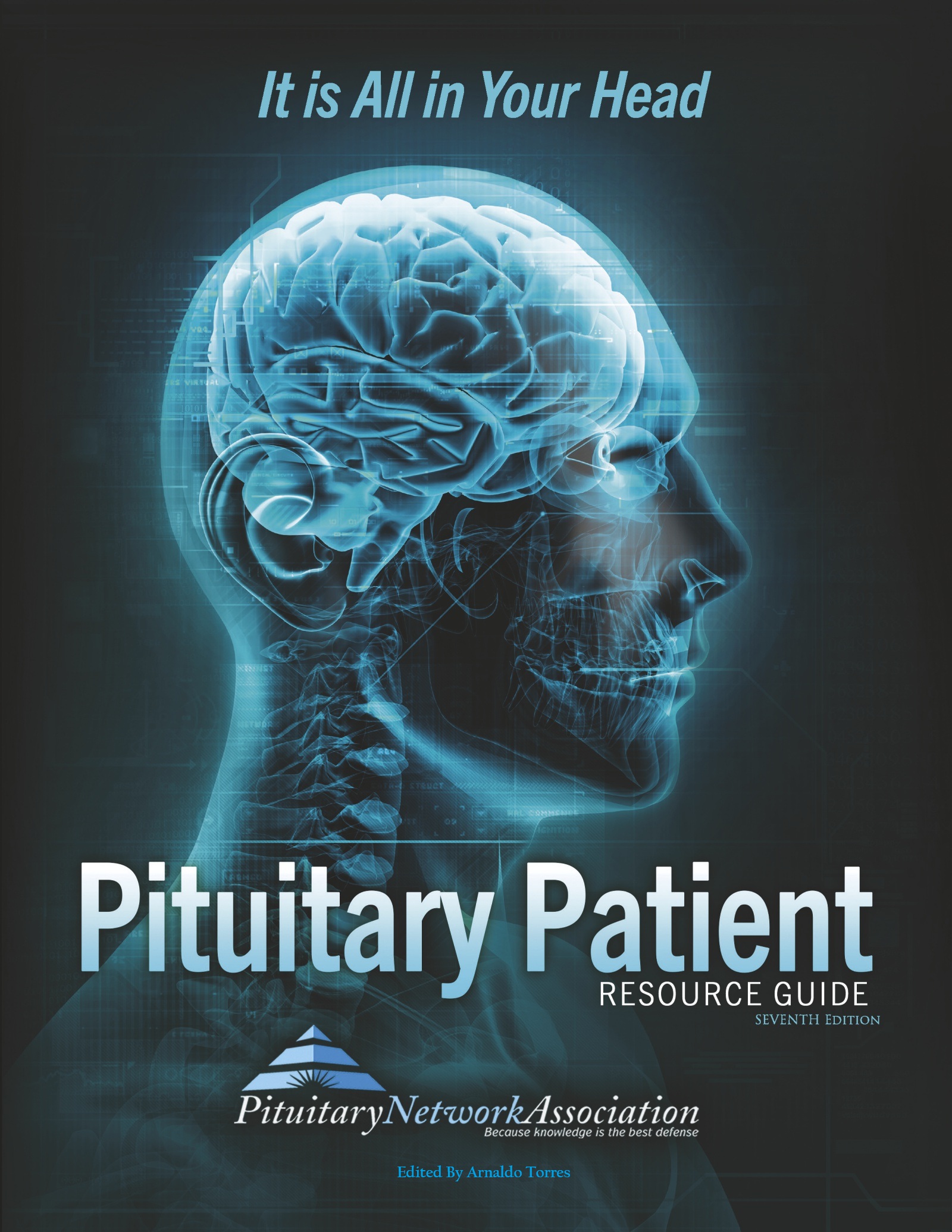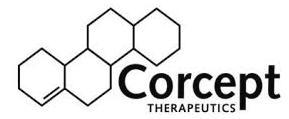News Articles February 2022
Written on 04 February 2022.
Biological Response Modifier
A substance used in adjuvant therapy that takes advantage of the body’s own natural defense mechanisms to inhibit the growth of a tumor.
An agent or approach intended to modify the relationship between tumor and host by modifying a host’s biological response to tumor cells, with resultant therapeutic benefit. This includes agents or approaches which utilize or modify immunological mechanisms; naturally occurring or recombinantly produced regulatory molecules (e.g., cytokines, growth or differentiation factors); and monoclonal antibodies and their derivatives.
Biopsy
Examination of a small amount of tissue taken from the patient’s body to make a diagnosis.
The removal of cells or tissues for examination by a pathologist. The pathologist may study the tissue under a microscope or perform other tests on the cells or tissue. There are many different types of biopsy procedures. The most common types include: (1) incisional biopsy, in which only a sample of tissue is removed; (2) excisional biopsy, in which an entire lump or suspicious area is removed; and (3) needle biopsy, in which a sample of tissue or fluid is removed with a needle. When a wide needle is used, the procedure is called a core biopsy. When a thin needle is used, the procedure is called a fine-needle aspiration biopsy.
Blood Count
The calculated number of white or red blood cells in a cubic millimeter of blood.
A test to check the number of red blood cells, white blood cells, and platelets in a sample of blood. Also called complete blood count and CBC.
White blood cell (WBC) refers to a blood cell that does not contain hemoglobin. White blood cells include lymphocytes, neutrophils, eosinophils, macrophages, and mast cells. These cells are made by bone marrow and help the body fight infections and other diseases.
Red blood cell (RBC) is a cell that contain hemoglobin, carring oxygen to all parts of the body. Also called erythrocyte.
BMD
Bone mineral density.
A measure of the amount of minerals (mostly calcium and phosphorous) contained in a certain volume of bone. Bone mineral density measurements are used to diagnose osteoporosis (a condition marked by decreased bone mass), to see how well osteoporosis treatments are working, and to predict how likely the bones are to break. Low bone mineral density can occur in patients treated for cancer. A bone mineral density scan is an imaging test that measures bone density (the amount of bone mineral contained in a certain volume of bone) by passing x-rays with two different energy levels through the bone through an area of the body such as the hip, hand, or foot for signs of mineral loss and bone thinning. It is used to diagnose osteoporosis (decrease in bone mass and density). Also called DEXA scan, BMD scan, dual energy x-ray absorptiometric scan, dual x-ray absorptiometry, DXA, and DEXA.
BMI
Body mass index. A measure of obesity calculated from weight and height.
Body mass index (BMI) is used to assess weight and determine whether a patient is at a healthy weight. Being overweight puts strain on the heart and can lead to serious health problems such as type 2 diabetes, heart disease, high blood pressure, sleep apnea, varicose veins, and other chronic conditions.
BMR
Basal metabolic rate.
The basal metabolic rate (BMR) is the number of calories the body uses when it is at rest. The basal metabolic rate is based on basic bodily functions such as breathing, digesting, and energy used for the heart and brain function. Age, sex, body weight, amount of muscle tissue and level of physical activity affect the basal metabolic rate.
Bone Density
The amount of bone tissue in a certain volume of bone.The amount of bone tissue in a certain volume of bone.
A measure of the amount of minerals (mostly calcium and phosphorous) contained in a certain volume of bone. Bone density measurements are used to diagnose osteoporosis (a condition marked by decreased bone mass), to see how well osteoporosis treatments are working, and to predict how likely the bones are to break. Low bone density can occur in patients treated for cancer. Also called BMD, bone mass, and bone mineral density.
Bone Density Management
Used to assess the strength and “age” of a bone by measuring its density.
Most commonly determined by DEXA scan of the spine and hip. See BMD or bone mineral density.
Bromocriptine
An example of a dopamine agonist.
Used to treat prolactinomas as dopamine and dopamine-like drugs suppress prolactin production and secretion and can lead to tumor shrinkage.
Calcification
The strengthening and hardening of a bone in areas where calcium has been deposited.
Nearly all calcium entering the body is deposited in bones and teeth. The remaining calcium is dissolved in the blood. When a disorder affects the balance between calcium and other minerals or chemicals in the body, calcium can be deposited in other parts of the body, such as arteries, kidneys, lungs, and brain, and can cause problems in their normal function. Calcifications can usually be diagnosed using x-rays.
Available Now!

The Pituitary Patient Resource Guide Sixth Edition is now available! Be one of the first to have the most up-to-date information. The Pituitary Patient Resource Guide a one of a kind publication intended as an invaluable source of information not only for patients but also their families, physicians, and all health care providers. It contains information on symptoms, proper testing, how to get a diagnosis, and the treatment options that are available. It also includes Pituitary Network Association's patient resource listings for expert medical care.

Xeris Pharmaceuticals is valued member of the PNA










